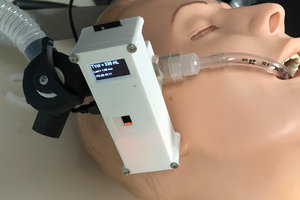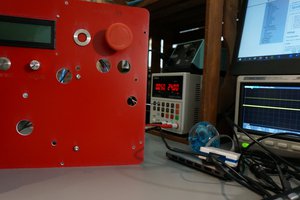Software Design
In total there will be two flight controllers. One for LaunchPad and one for the rocket guidance and retrieval. Launchpad computer is fairly simple to design and fabricate. The challenge, however, lies with the Flight Controller.
The ATmega328 isn’t powerful enough to handle the computation intense environment of launching a rocket with thrust vector control. So, I’ll develop modules of the rocket in Arduino, if successful I will import them to Teensy 3.2 which is powerful and expensive.
Goals
- Know the orientation
- Know the Altitude
- Control the Pyros
- Control 2 Servo Motor
- Log Flight Data - Black Box
- Epic Star Wars Launch sound!
Challenges:
- Zero - Fault System
- Low memory
- Less Processing Power
Staging
- Standby Mode
- Scenarios
- Hold Down/Scrub - Pauses the Countdown
- Alarmed - Countdown of 10 seconds
- Launch - Flight Mode - TVC is online and data is logged at 2 times/seconds
- Detects Apogee - Triggers Parachute
- Detects Landing - Starts exporting data to SD Card
- Switches to Idle Mode
- Beeps
 Nikhil Mishra
Nikhil Mishra

 Stephanie Stoll
Stephanie Stoll
 RaptorTech
RaptorTech
 Patrick
Patrick
Hii Could u pls share the whole code